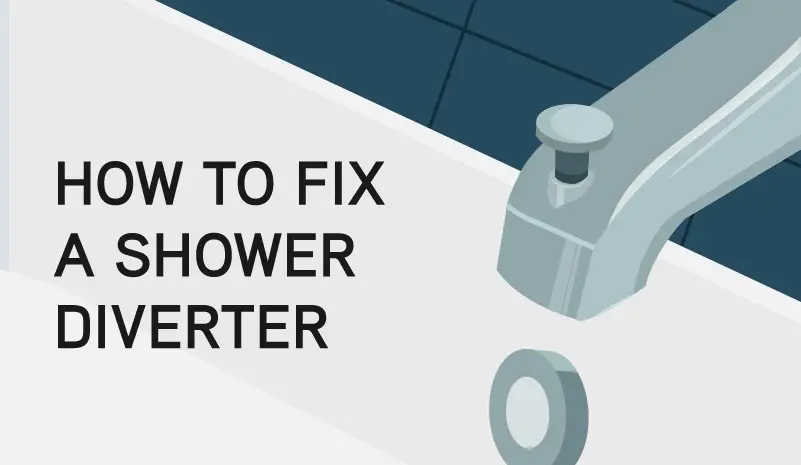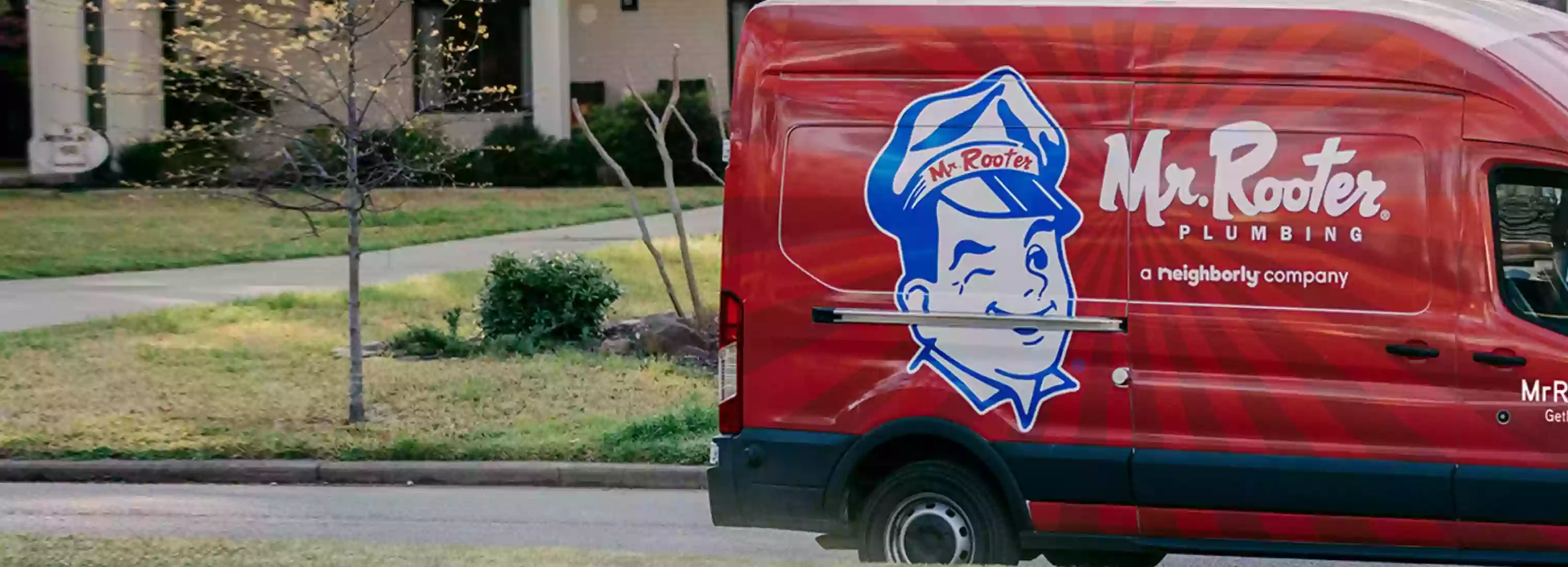How to Fix a Shower Diverter

A shower diverter connects your bathtub faucet to your showerhead. It is usually a pin or a switch. When the diverter is activated, it redirects water toward the showerhead. Almost every bathtub and shower combo has one.
Let’s review how to fix a shower diverter by first determining the cause, and then, if needed, how to replace one.
- Wha
- Step-by-Step Guide to Replace a Shower Diverter
- Shower Diverter FAQ
What Causes a Shower Diverter to Stop Working?
Shower diverters often stop working due to old age, mineral buildup, or corrosion. Each of these issues presents its own set of problems.
Old shower diverters usually stop working because a portion of it has worn away, preventing it from operating. If your shower diverter has failed due to old age or wear, your best option is to replace it. See the next section for steps on how to replace a diverter.
Corrosion might also be the culprit. Corrosion occurs when the diverter element begins to rust. Rust can cause the device to break or become stuck in place. Similarly, corrosion issues also require replacement.
Finally, a diverter may stop working due to mineral buildup. In showers with hard water, mineral buildup can gum up the internal components of the device. This gunk prevents the diverter from moving effectively. To fix this issue, open up the diverter and use a cleaning agent or distilled white vinegar to remove the buildup. Once the buildup has been cleared away, reinstall the diverter.
Consider installing a water softener or filtered shower head to prevent this issue from recurring.
Step-by-Step Guide to Replace a Shower Diverter
Repairing a shower diverter is a home improvement project you can complete but will take a good deal of time. Call a professional plumber if you do not feel comfortable with any of these steps.
Here's a seven-step guide you can follow to repair a broken shower diverter:
- Turn off the water supply to your shower using the shut-off valve. It may be near your shower behind an access panel, or in your basement.
- Seal off your drain with tape to prevent small hardware from falling into the drain.
- Tighten the screws behind the faceplate of the diverter valve. If you attempt this fix but the water continues to leak slowly from the bathtub spout after engaging the shower diverter, move on to the next step.
- Disassemble the shower diverter. If your diverter has a rotating valve, unscrew the nut at the stem of the diverter and remove the entire valve. If it has a gate-type valve, unscrew the threaded tub spout.
- Get a new diverter. To choose the right replacement, bring your old diverter with you to a plumbing supply store.
- Install the new diverter, being careful to insert all threaded screws and parts straight on. Use a wrench to tighten the diverter. Be careful not to over tighten it. Twist the gate or adjust the stopper to ensure it is in the correct position.
- Turn on the water supply. Engage the shower diverter, directing the water flow to the showerhead. If your shower flows well and no water leaks from the bathtub spout, your shower diverter replacement was successful.
If replacing the diverter did not solve the problem, contact a plumber for assistance as you may have a more serious problem.
Pro tip: After showering, release the diverter to let water flow from the tub faucet for a few seconds before you turn off the water. Doing so reduces strain and wear on your shower diverter, saving you from having to do frequent repairs.
Contact Mr. Rooter Plumbing for Shower Diverter Repair
If you're not up for DIY shower repairs, call Mr. Rooter® Plumbing for help. Our plumbers are dedicated to providing exceptional customer service and expert plumbing repair. Call Mr. Rooter or request an estimate today.
 Click to call
Click to call


